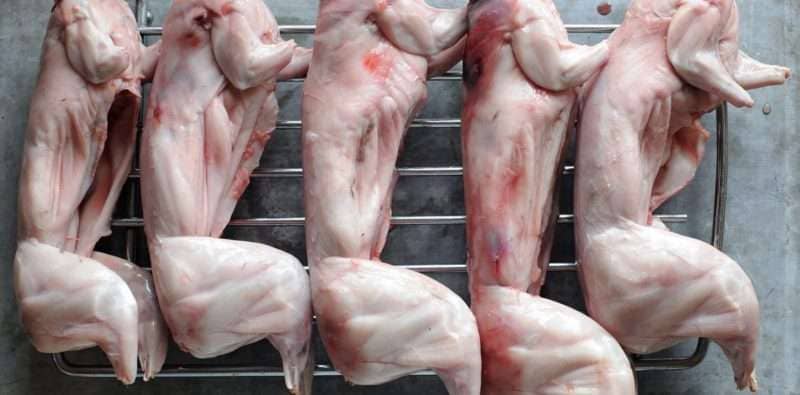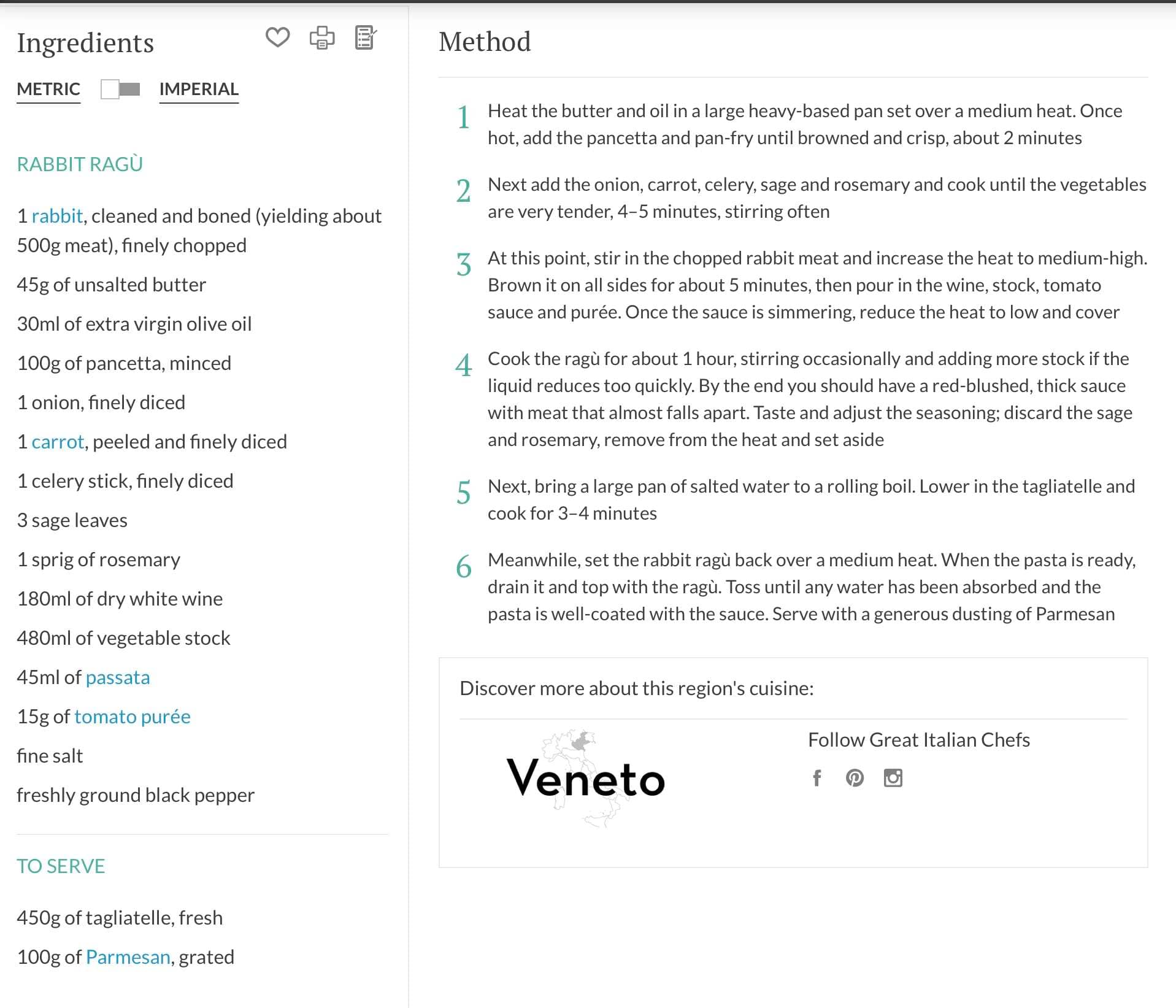Until recently, I’d not actually realised just quite how important — and guarded with strong-houses like silver coinage — were yer’ ordinary, common or garden, rabbits all the way from around the Roman invasion times, on through into the Middle Ages and beyond; and it wasn’t until the 18th century that rabbits began to be seen as available food for the poor, as it wasn’t until then that they became ubiquitous in the wild. Rich folks food formerly…
I was reading again, one of my very favourite cooking books written in the past 10 years. More of that later but it prompted me to take another look at the history of this humble animal. I was amused to learn that in some areas of the UK they’re actually seen as unlucky and are referred to instead as “underground mutton”.

Rabbits aren’t native to the UK — and interestingly there is no Old English word for rabbit — and these illegal immigrants were probably introduced into Britain by the Romans, who valued them for both their fur and their meat. After the last Romans buggered off around 400 ACE, the rabbits seem to have died out, along with a lot of other useful Roman innovations such as coins, mosaics, villas, towns, underfloor heating and tableware…
They were only reintroduced some 600 years later, by the invading Normans. At first still poorly adapted to our climate and being particularly easy prey for native predators, rabbits (or coneys, as mature rabbits were then called) had to be kept in special — often walled or fenced — areas known as warrens, both to protect them & also to stop them just simply wandering off into the countryside looking for more green plants and vegetables to chomp done on.
This comparative rarity meant that their meat was prized as a delicacy, one reserved solely for the rich and their fur, noted for being so soft, went to accessorise these same ruling class’ elaborate clothes. I’ve a note somewhere that in the 13th century, one rabbit was worth more than a workman’s daily wage.
The walls and fences served to keep out most animal predators. But humans were a different matter. And — whilst the penalties for poaching a rabbit were harsh, indeed stealing anything from the rich & the Church was liable to get you killed then and now — that didn’t stop whole poaching gangs and individuals from trying to get hold of this meat (it wasn’t until 1883, that us peasants were allowed to trap & eat small game, such as hares and rabbits, on our own small holdings.)
The rich landowners employed whole families to protect their rabbits and they built quite elaborate buildings to house these protectors. This is one such in Northamptonshire, called the Rushton Triangular Lodge…

and this one, Thetford Warren Lodge…


…was built around 1400 and shows just how seriously the lords & masters had to take these predations attempted by us common folk. With 1 meter thick walls and just a single entrance which has a hole over the porch, allowing the warrener to secure the door by lowering a board through it from the floor above, it also had a parapet running around the top, from which he could keep a weather eye out for approaching ruffians coming over the open countryside. The whole family lived on the top floor leaving the ground floor available for traps, nets, and racks, on which to hang the meat and dry the skins.
So, assuming I’ve convinced you that this is a fine, fine meat to try, what to look for when shopping? Aim for plump, shiny, pink rabbits and that simply smell fresh, like newly mown grass does. If you’re able to get them still head-on, check their eyes; and just as with your fish, these should be bright, clear, unclouded. Decline to take any with bruised flesh or major lead shot damage, the flesh will be unfailingly bitter. And try to get ones with all their offals still intact, especially the kidneys, which should have a good amount of white fat surrounding them.
The reason for this latter stricture? According to the estimable Thom Eagle in his 2018 “First, Catch” volume it was because:
“I am told that the reason rabbits are always sold with the kidneys in place is that the exact position of the offal relative to the hips and shoulders is the only reliable way to tell their bodies apart from those of cats as they hang in the butcher’s window”
Preparation?
I’m going to be lazy here and simply tell you to go out and buy and refer to Thom’s poetic, lyrical book noted above. His description of the making of and the necessary contemplation whilst doing so, of his beloved rabbit ragù is such fine, fine, writing.
Cop out? Not really. But whilst I would love you to buy and read his book and get as much joy as I do reading and re-reading it and yet you still insist in that “now generation” way that we all have been guilty of — of not wishing to wait — then OK, there are a lot of recipes out there. Here’s one, via Great Italian Chefs. The Italians, sensibly, have carried on their ancestors’ habit of prizing and valuing rabbit. We Brits should do more, as well.
